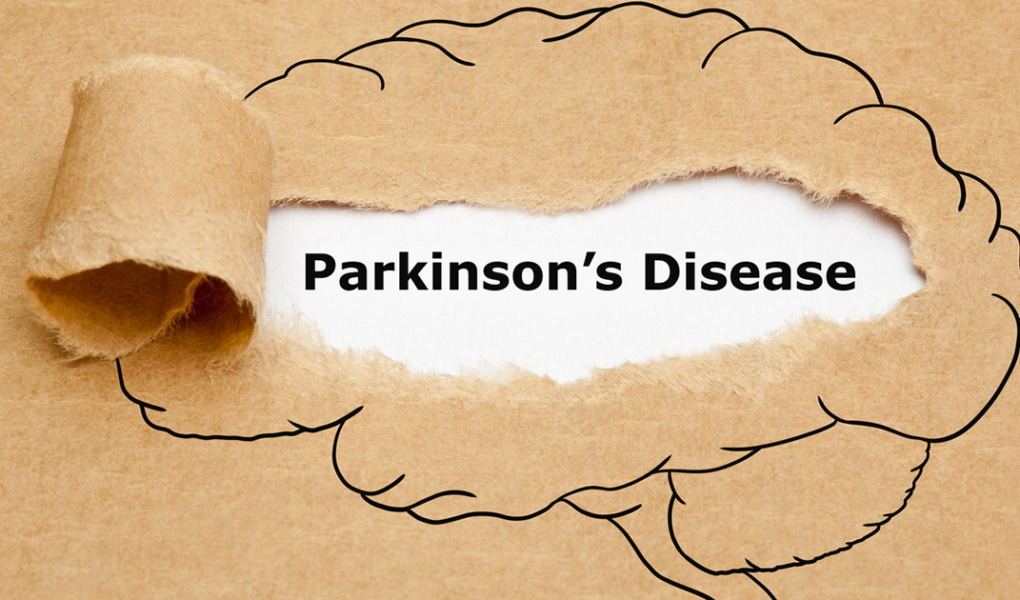Patients with suspected Parkinson’s disease should undergo a complete neurological examination to determine the type and type of disease. Differential diagnosis is carried out with the consequences of stroke, Wilson’s disease, some types of dementia, etc. You can buy medicines for treatment of Parkinson’s disease here https://farma-shop.best/alzheimer-s-parkinson-s/. Let’s look at the signs of the disease in more detail.
Signs of Parkinson’s disease

- Tremor. Tremor is the most known and easily diagnosed symptom. At the beginning of the disease it affects only one limb, gradually progressing. In the future, it is also possible to shake the legs, lower jaw, lips, sometimes the whole head. Tremor in Parkinson’s case appears at rest and disappears when moving. Repeated movement of the thumb and forefinger, reminiscent of the coin count, is typical for Parkinson’s disease.
- Rigidity. Rigidity – spasticity (muscle stiffness), caused by increased muscle tone. In the early stages of the disease first affect the muscles of the neck and shoulders, sometimes only from one side. As the disease progresses, spasticity spreads throughout the body, reducing motor function.
- Bradykinesia. Bradykinesia – difficulty in starting a movement, slow motion and a gradual decrease in the frequency and amplitude of repetitive movements. With varying degrees of severity, the symptom is observed in 98% of patients. The primary manifestation of bradykinesia is the difficulty in performing everyday activities that require good movement control (writing, sewing, dressing, typing on the keyboard, brushing teeth, etc.).
- Balance disorders. Balance disorder is a symptom that rarely appears in the early stages of illness. Balance disorder leads to frequent falls.
- Parkinsonic gait. Parkinsonian gait is a specific gait of a person with Parkinson’s disease. The body is tilted forward, small steps, legs barely come off the ground, even small obstacles on the way lead to tripping. Hands are pressed against the body while walking. Periodically, the walking person as if freezes in one position and can not take the next step. Such hardening lasts about 10 seconds. It is difficult for the patient to start moving, and when he starts it is difficult to stop. The body tends more and more ahead, as if ahead of the legs, the position of the center of gravity is violated and all this leads to a fall.
- Sleep disturbances. Sleep becomes superficial and fragmented, with frequent waking up. In the daytime – a pronounced drowsiness.
- Specific posture. The torso is tilted forward in a standing position. In severe cases, the upper half of the body is tilted almost at right angles.
- Change of facial expression. Empty, mask-shaped face of the patient does not express any emotions. Blink frequency is reduced.
- Changes in speech. Speech becomes monotonous, not emotionally colored, with a fading of tone at the end.
- Mental disorders and cognitive dysfunction. Typical manifestations: cognitive impairment, depression, anxiety, apathy, compulsions. In older patients, mental disorders occur earlier and progress faster than motor disorders. Most patients develop dementia over time. According to some studies, the average time of dementia development is 10 years. In Parkinson’s disease with early onset primary are motor disorders, mental disorders may develop only at late stages. Gradually, as the disease progresses, the patient comes to severe disability and complete dependence on outside help.
If you need quality medicines, you can find them here https://farma-shop.best/anticonvulsants/.



